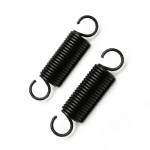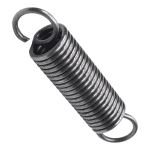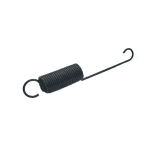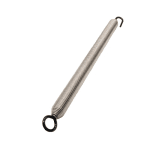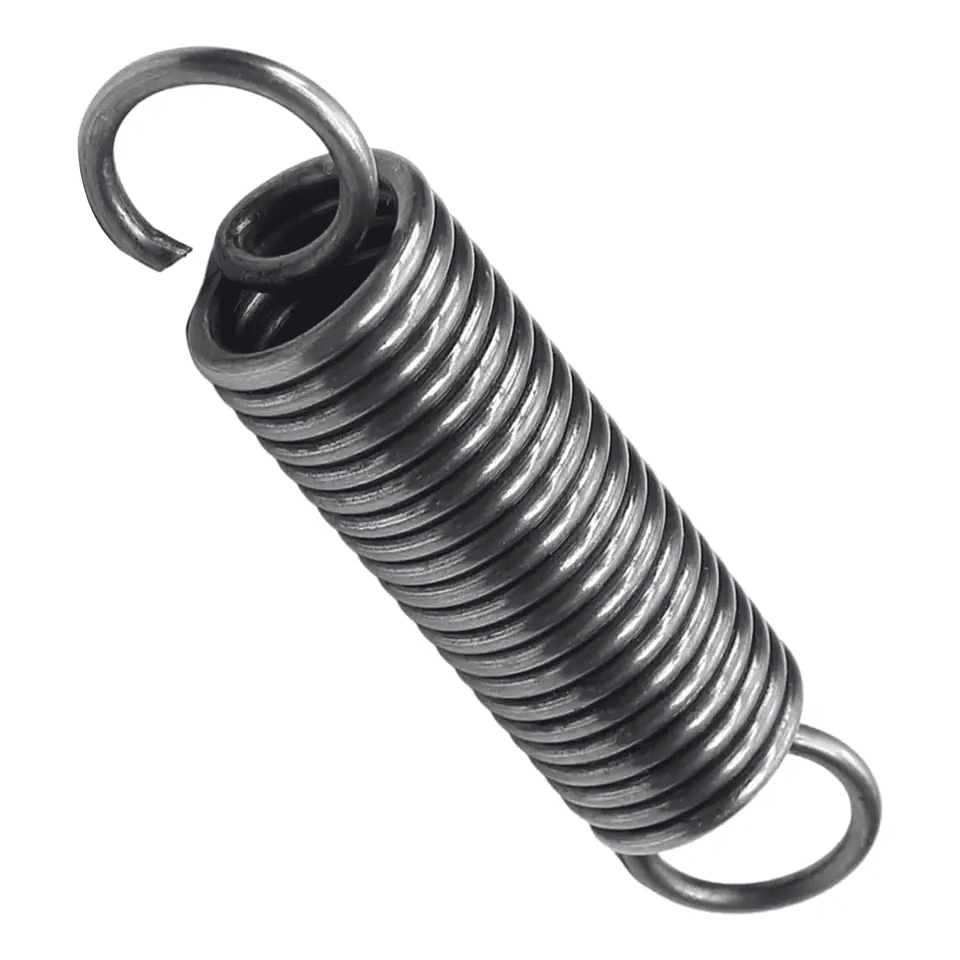
The Minimum Life Cycle Of A Tension Spring Can Vary Depending On Several Factors, Including The Quality Of The Spring, The Material It Is Made Of, The Application It Is Used In, And The Maintenance Practices Employed. While It Is Challenging To Provide An Exact Figure For The Minimum Life Cycle, I Can Certainly Give You A Detailed Description Of Tension Springs And The Factors That Influence Their Longevity.
Tension Springs, Also Known As Extension Springs, Are Mechanical Devices Designed To Store And Release Energy When Subjected To A Pulling Or Tensile Force. They Are Widely Used In Various Industries And Applications, Such As Automotive, Aerospace, Manufacturing, And Household Appliances. These Springs Are Typically Made From Materials Like Stainless Steel, Music Wire, Or Carbon Steel, Chosen Based On The Specific Requirements Of The Application.
The Life Cycle Of A Tension Spring Refers To The Number Of Cycles It Can Endure Before Experiencing A Significant Decrease In Performance Or Failure. A Cycle Is Defined As One Complete Extension And Retraction Of The Spring. The Minimum Life Cycle Of A Tension Spring Is Influenced By Several Factors:
1. Material Quality: The Quality Of The Material Used In The Spring’S Construction Plays A Crucial Role In Determining Its Life Cycle. Low-Quality Materials With Poor Tensile Strength And Fatigue Resistance Tend To Have Shorter Life Cycles.
2. Design Considerations: The Design Of The Tension Spring, Including Its Dimensions, Wire Diameter, Coil Count, And Pitch, Can Impact Its Longevity. Poor Design Considerations, Such As Selecting The Inappropriate Wire Diameter And Coil Count, Can Cause Uneven Stress Distribution And Premature Failure.
3. Load And Stress: The Load Or Force Applied To The Tension Spring And The Stress It Experiences During Operation Significantly Affect Its Life Cycle. Springs Subjected To Excessive Loads Or Stress Beyond Their Design Limits May Fail Prematurely.
4. Operating Environment: The Environment In Which The Tension Spring Operates Can Have A Significant Impact On Its Longevity. Factors Such As Temperature Variations, Humidity, Corrosive Substances, And Exposure To Vibrations Or Shock Can Accelerate Wear And Reduce The Life Cycle.
5. Maintenance And Lubrication: Neglecting Regular Maintenance And Proper Lubrication Can Significantly Reduce The Life Cycle Of A Tension Spring. Lack Of Periodic Inspections, Cleaning, And Lubrication With Appropriate Lubricants Can Increase Friction And Wear, Leading To Premature Failure.
Given These Factors, It Is Challenging To Provide An Exact Minimum Life Cycle For Tension Springs. However, Low-Quality Tension Springs Used In Poorly Designed Applications And Neglected Maintenance Practices Can Typically Endure Only A Few Cycles Before Requiring Replacement. It Is Essential To Consult With Manufacturers Or Industry Experts To Determine The Expected Life Cycle Of Tension Springs For Specific Applications.
Remember, The Life Cycle Of A Tension Spring Is Not An Absolute Value But Rather An Estimation Based On Various Factors. Regular Inspections, Monitoring, And Adherence To Maintenance Practices Can Help Ensure The Longevity And Reliable Performance Of Tension Springs In Their Intended Applications
I Wish Everyone Can Find Their Own Hardware Accessories, Xiamen Hongsheng Spring Welcome Your Choice!


